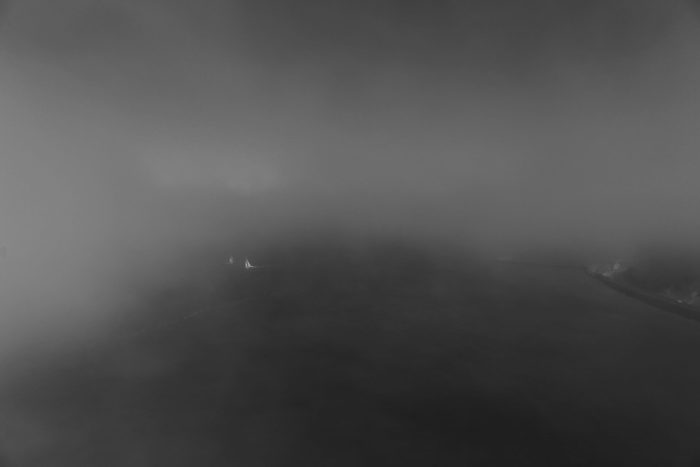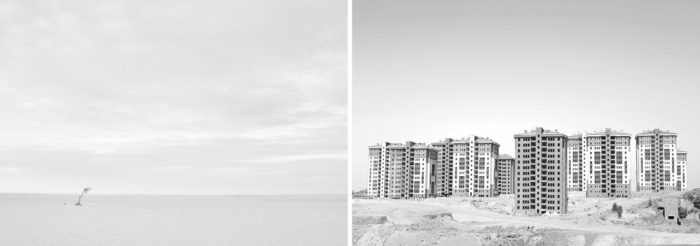Imane Djamil
Imane Djamil is born in 1996, lives and works in Casablanca.
Imane Djamil’s visual and literary work seeks the very fine line between reality and the sublime in what she calls Mental Geographies. Contingent and crosscultural worlds interpenetrate through narrative assemblage creating new topographics. Des mondes contingents et inter-culturels s’interpénètrent à travers un assemblage narratif, créant de nouvelles topographies.
The former interest of Imane Djamil in places in post-traumatic transition drives her towards a vision at the crossroads of intimate, but yet widely spread, autofiction and visual tales. Territories like Tarfaya, the city where the Little Prince was born, Antoine de St-Exupery’s character, or Sarajevo, become conceptual microcosms in which History begets a metaphorical dialogue with personal, political or gender related anecdotes.
As a nomadic, it is in her visual, literary and performative work that Imane Djamil seeks refuge to poetically inhabit a space that is ephemeral yet grounded in the roots of the self- empirical.
While her poetry is immediate and tumultuous, often described as raw and unapologetic, her photographs are rather lyrical.
A photograph is based on a reality which includes the active participation of the author, camera and subject, three necessary and vital components (which can be portrayed as parental figures) for its conception.
The artist has an interest in the moment of transition of a photograph, the moment in which the umbilical cord breaks (the roll is developed) and, splits with the womb to become an independent entity.
Imane Djamil is interested in the independency of a photograph, this mysterious child who draws their own destiny independently from their origin.
While the birth of a photograph is the fruit of a moment that once existed, its present is autonomous, making it a photograph that has as many lives as viewers.
In her quest of documenting time and space through fiction and fantasy, Imane Djamil is currently interested in Lac Al Firdaous, formerly known as Carrière Schneider.
Extrait de Lac Al Firdaous
Casablanca était à son image, jeune et bête. Aux promesses agraires, elle tendait à répondre par un legs quasi-total de son territoire. La ville voulait vivre vite et dès lors que l’occasion se présentait, ses côtes, ses flancs et ses gorges pâtissaient de pactes malhonnêtes. Des grosseurs surgissaient là où l’amour devait, selon les prédécesseurs, avoir gain de cause. L’observation de la grosseur survenait en trois étapes. D’abord, la ville regardait le pustule d’un oeil sceptique, se sentait trahie, mais coupable aussi d’avoir été sotte. Elle essayait tant bien que mal de ne rien manifester de sa colère ou de ses craintes. Elle devait maintenant réclamer ses droits mais se savait prise au piège, couillonnée jusqu’à la moelle. Elle voyait pourtant sur la surface de sa peau, l’impact de son consentement: les cris de ses enfants, une plante qui meurt, un barrage, un homme en colère.
Petit à petit, son corps s’adaptait à sa nouvelle architecture. D’un côté et de l’autre
du front, phallus néo-futuriste et condylomes sur pilotis s’avançaient. Faute d’espace, ces grosseurs à lunettes avaient arrêté de se tourner le dos pour se confondre en vis-à-vis, se regarder dans les yeux au grand désespoir de la ville mère qui à défaut de pouvoir se confier, s’était contentée de porter ce champ de bataille comme une nouvelle désignation. “Torturée”, “artiste” qu’on disait d’elle sans connaître son histoire, à la ville.
Quant au troisième âge de la vie du pustule, il était au pire la crise, au mieux la mort.



